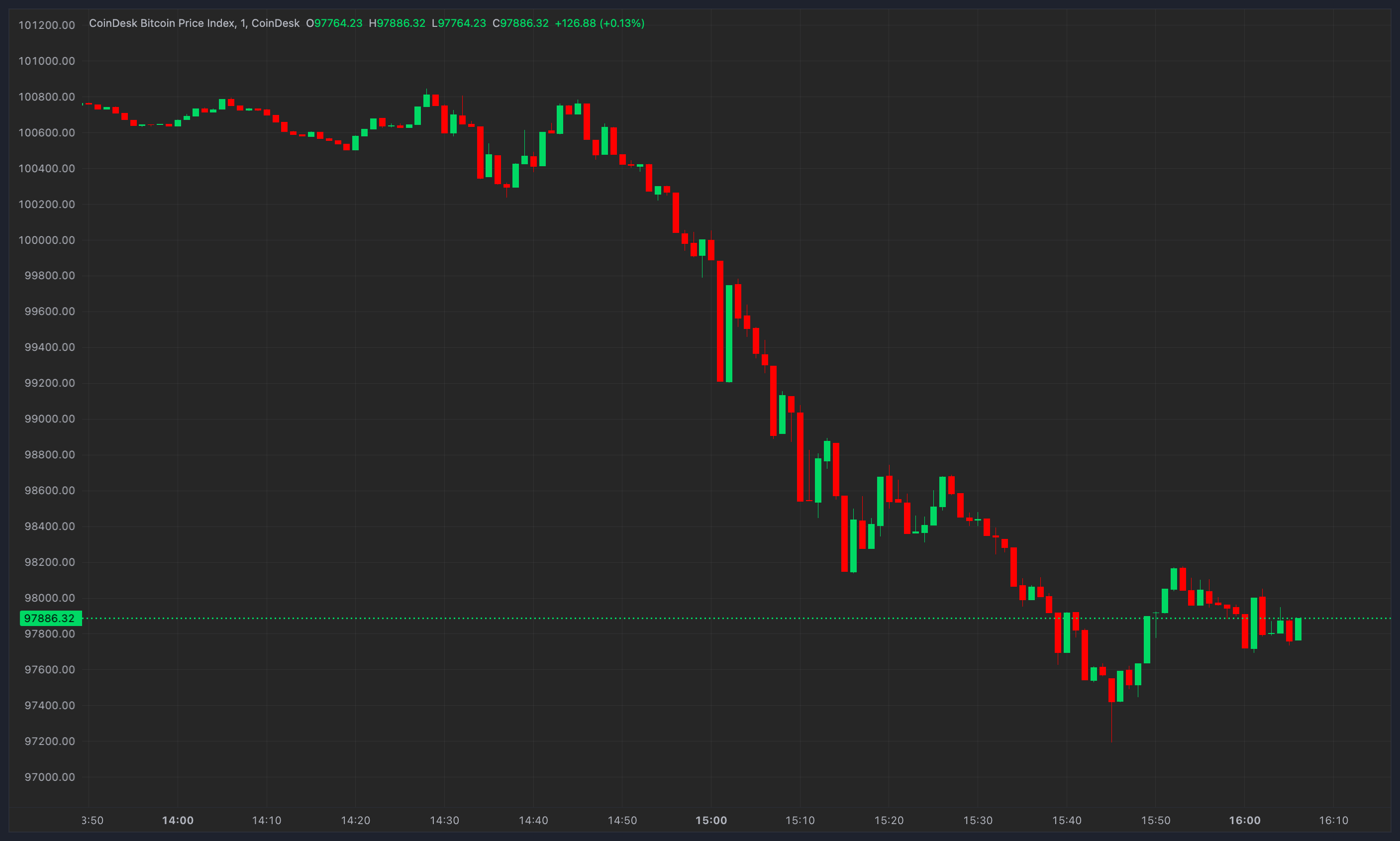The consumption of psychedelic substances is as old a tradition as recorded human history itself. Perhaps, even older.
We know this because our ancient ancestors tell us so, through the only medium with which they could communicate to future generations: art. When examining the various prehistoric cave paintings and sculptures from around the world, a common theme can be found: mushrooms. Often these mushrooms are interacting with the human body, in a way that can only be described as psychedelic.
Enjoy these four examples of ancient mushroom art.
Tassili n’Ajjer, Algeria, cica 4700 BCE
Perhaps the most famous example of ancient mushroom art is this Algerian cave painting from circa 4700 BC. In it, we can clearly see mushrooms merging with a human-like entity. Its body is covered in a fractal-like pattern that will be familiar to those who have taken psychedelics before.
Made famous by Terrence McKenna in his book Food of the Gods: The Search for the Original Tree of Knowledge, this is one of the oldest known cave painting to feature mushrooms.
While time has made judging the message of the artist difficult, it doesn’t take much of a stretch of the imagination to posit that the mushrooms depicted are of the “magic” variety, and we are seeing an artistic rendition of their effects.


(Cave art in Tassili n’Ajjer SE Algeria, cica 4700 BC. On the right, you see what the artwork looks like today. On the left, a rendition by artist Kat Harrison for Food of the Gods: The Search for the Original Tree of Knowledge, of what was originally depicted.)
And while this figure certainly is the most eye catching piece of art, the Algerian cave was actually full of human-mushroom figures. Here are a couple more examples


Mesoamerican Mushroom-Human Stone Figurines, circa 3000 BCE

Moving across the world, to pre-Columbian Mesoamerica, stone figures dating back as far as 3000 BC can be found, depicting mushrooms merging with human heads.
The use of psychedelics in pre-Columbian Mesoamerica is thought to have been common, as evidence exists that cultures consumed not only psilocybin mushrooms, but also other psychedelics such Salvia divinorum and peyote.
In fact, archelogical evidence of the use of peyote in the region dates back 5000 years.
Again, though we can not be sure, the mixing of mushrooms with people in this artwork may suggest that the artists are depicting the power of certain types of mushrooms to change our realities when consumed.
Siberian Whale Hunter Cave Art, circa 1 CE
The theme of mushroom headed people seems to be near universal. Moving north to chilly Siberia, we find cave art made by nomadic whale hunters. These 2000 year old petroglyphs are in a region so far north that it can only be reached by helicopter. The closest town is Pevek, around 5,555 km east of Moscow.
Russian experts have dubbed the depicted figures as ‘fly agaric people’, named after the variety of psychedelic mushrooms found in the region. Though, again, since little is…
Read more:5 Examples of Ancient Psychedelic Cave Art | Psychedelic Spotlight









 Bitcoin
Bitcoin  Ethereum
Ethereum  Tether
Tether  XRP
XRP  Solana
Solana  Dogecoin
Dogecoin  USDC
USDC  Cardano
Cardano  Lido Staked Ether
Lido Staked Ether  TRON
TRON  Avalanche
Avalanche  Sui
Sui  Wrapped stETH
Wrapped stETH  Toncoin
Toncoin  Chainlink
Chainlink  Shiba Inu
Shiba Inu  Stellar
Stellar  Wrapped Bitcoin
Wrapped Bitcoin  Hedera
Hedera  Polkadot
Polkadot  WETH
WETH  Bitcoin Cash
Bitcoin Cash  LEO Token
LEO Token  Uniswap
Uniswap  Hyperliquid
Hyperliquid  Pepe
Pepe  Litecoin
Litecoin  Wrapped eETH
Wrapped eETH  NEAR Protocol
NEAR Protocol  Ethena USDe
Ethena USDe  USDS
USDS  Aptos
Aptos  Internet Computer
Internet Computer  Aave
Aave  Render
Render  Mantle
Mantle  Bittensor
Bittensor  Cronos
Cronos  POL (ex-MATIC)
POL (ex-MATIC)  Ethereum Classic
Ethereum Classic  Virtuals Protocol
Virtuals Protocol  WhiteBIT Coin
WhiteBIT Coin  Artificial Superintelligence Alliance
Artificial Superintelligence Alliance  Tokenize Xchange
Tokenize Xchange  MANTRA
MANTRA  Monero
Monero  Arbitrum
Arbitrum